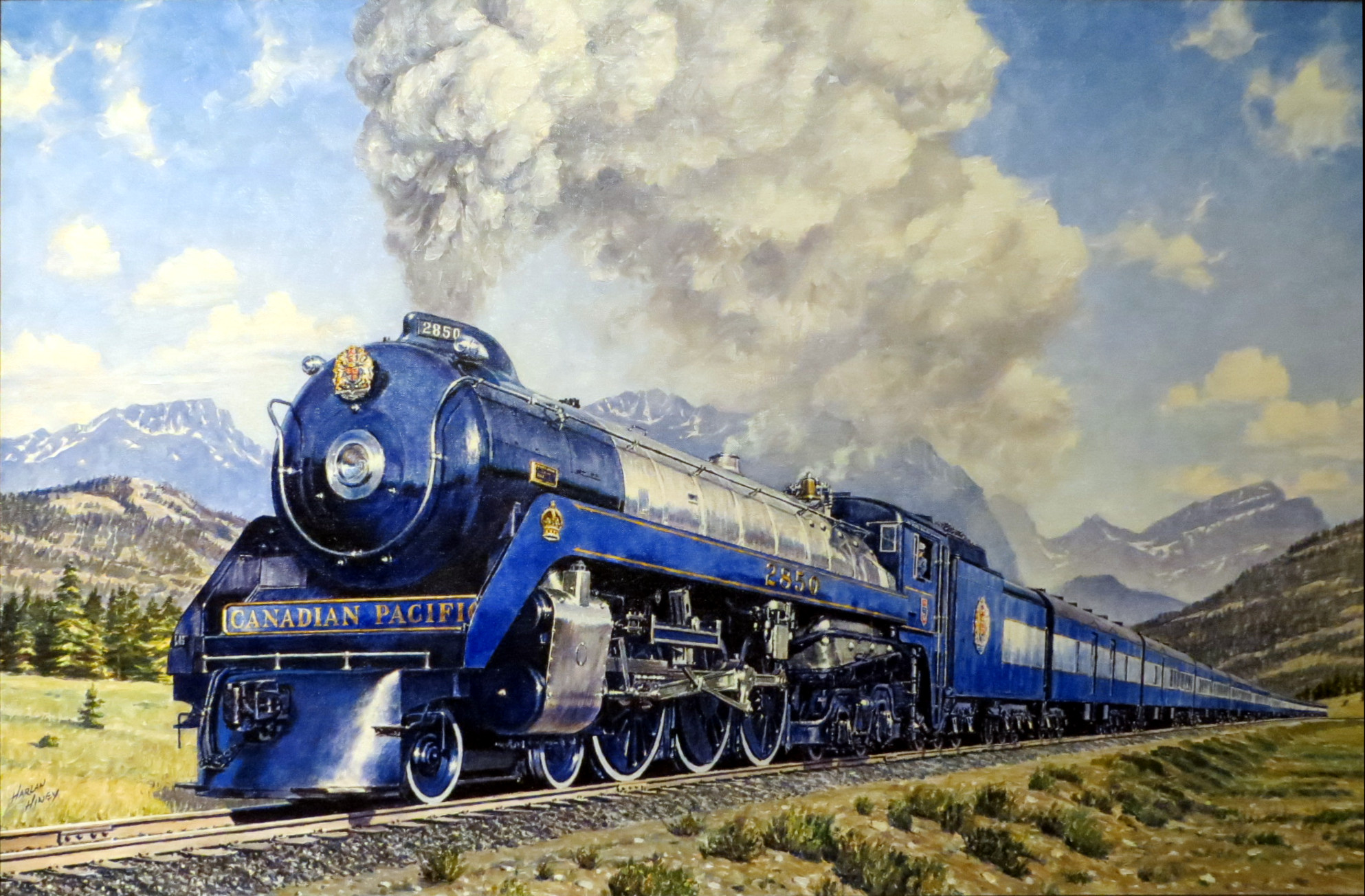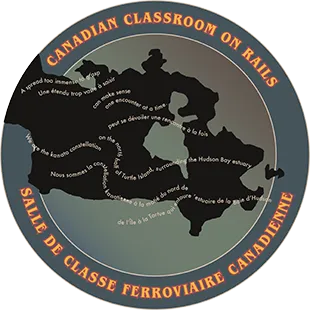Kanata Rail Lore
Canadian Pacific Kansas City Rail Tour 2024
Canadian Pacific abandoned its “Spans the World” slogan in the 1960s. The original Canadian Pacific Railway Company, incorporated by Parliament 80 years earlier, reorganized into separate profit centres of CP Air, CP Hotels, CP Investments, CP Rail, CP Resources, CP Ships and CP Transport (Trucks) in 1969 under the umbrella of “Canadian Pacific Limited” as the parent, holding company.
This retrenchment had begun after World War II when CP Steamships abandoned trans-Pacific services, having lost so many ships in the War that it was not feasible to rebuild in an age of greater air travel. Fifteen years later, it sold off its last trans-Atlantic liner, the Empress of Canada, one of three post-war rebuilds, to a new company, Carnival, that now dominates the world cruising industry.
CP’s last coastal steamship, the Princess Patricia, namesake of Princess Cruises, to which it was chartered in the winters of 1964-65 and 1965-66, ended summer service to Alaska on Thanksgiving Monday 1981. Don Bower, the Communications rep aboard for the last voyage to bid farewell to the ports CP has served for 75 years with various ships, described the Company’s reorganization this way:
“Why should we strip a cow that’s producing to feed another one that’s not?”

The Company went a step further 18 years later in spinning of most of the non-rail units to trade as separate companies on the stock market and winding up the parent organization that was no longer needed. “Canadian Pacific Railway” re-emerged as a corporate name in its own right, later abbreviating again to “Canadian Pacific,” and focused on “doing one thing and doing it well.”
The Railway, now “Canadian Pacific Kansas City,” has continued to grow. If not the world, it now spans the North American continent, the first and only railroad (US usage) to do so. This came about in three stages: first, in the incorporation of its American SOO Line subsidiary into the Canadian system, then picking up other US trackage (Milwaukee Road) until a merger two years ago with Kansas City Southern.
To celebrate this new step, CPKC ran a six-week promotional tour of its restored 1930 “Hudson” steam locomotive from Calgary to Mexico City in the summer of 2024, a trip that was met by tens of thousands that came out to meet the train along the way. The year preceding, the locomotive and a shorter consist (KAWN-sist) made test runs in Alberta including to Edmonton in the fall of 2023.
There are two major “Hudsons” in North America, both named after the British explorer Henry Hudson, who came here on a commission from the Netherlands: the Hudson River, he entered and where he founded New Amsterdam (now New York), and Hudson Bay (now in Canada) where he is presumed to have perished after his crew mutinied and put him, his son, and loyal sailors off in a small boat.
The New York Central Railroad, developed the highly successful “Hudson” steam engine arrangement, with six large driving wheels (3 pairs), fronted and followed by four smaller wheels on either side, the former to increase maneuverability at high speeds, the latter to support a longer fire box that gave the engine its extra steam generating capacity and power. It ran in both fast passenger and freight service.
Like the two geographic forms, Hudson River and Hudson Bay, there was also a highly successful Hudson locomotive in Canada, built for Canadian Pacific. CP is best known for its streamlined “Royal Hudsons” of which four of 45 built have been preserved. These acquired their name and notoriety from performance of one on the cross-country Royal Train of 1939, on which King George VI often rode in the cab.
CP’s engine that headed the Calgary-Mexico train is the only pre-streamlined, non-Royal Hudson still in existence. When first built in 1930, it pulled passenger trains on CP’s main line from Fort William (now Thunder Bay) ON to Calgary AB, where heavier power took over for the climb through the Rockies. Replaced by the streamlined Hudsons in 1940, it spent its last 20 years’ service in Ontario and Québec.
In addition to this information, those interested can Google “CP 2816 Final Spike Tour” for more coverage.

